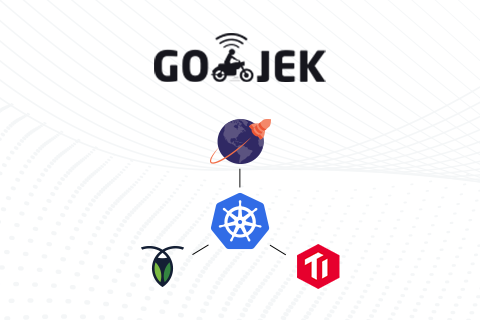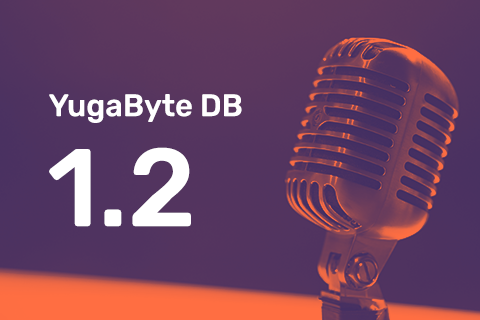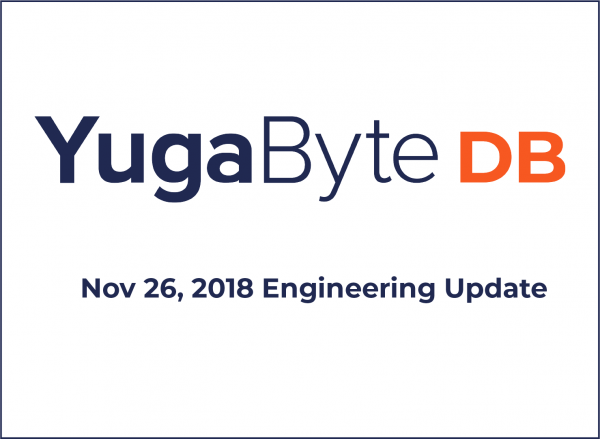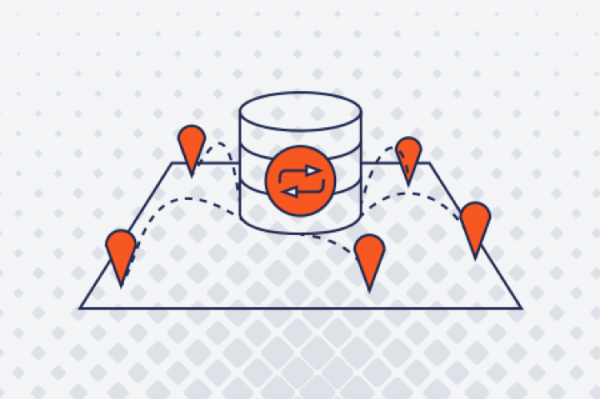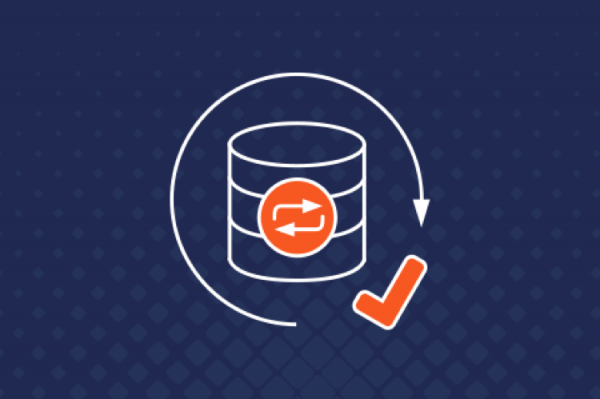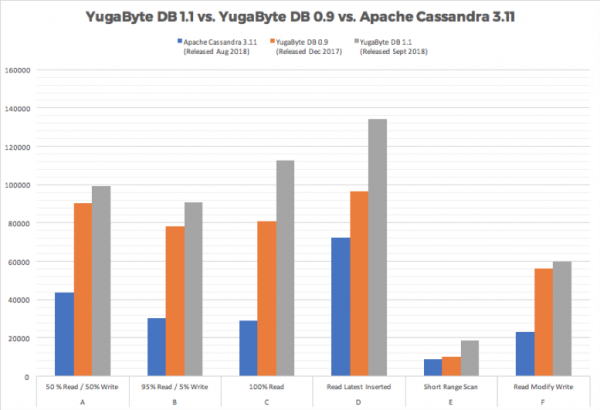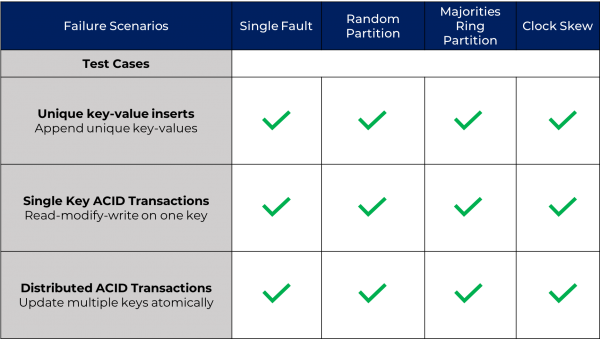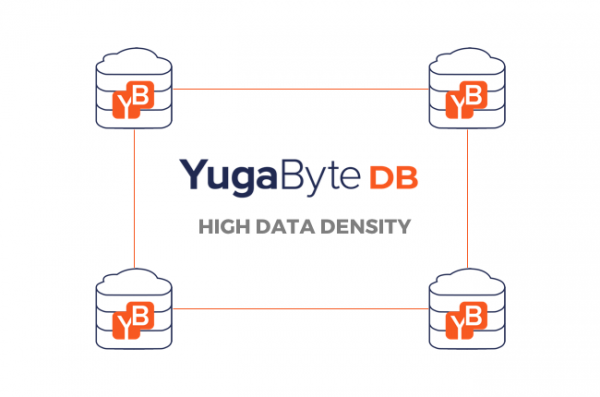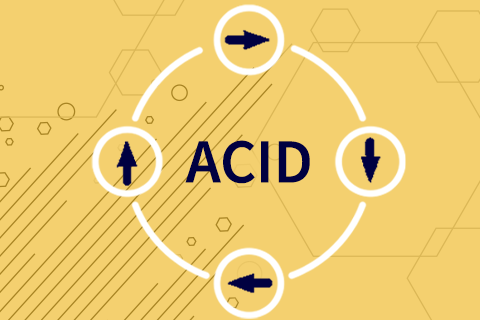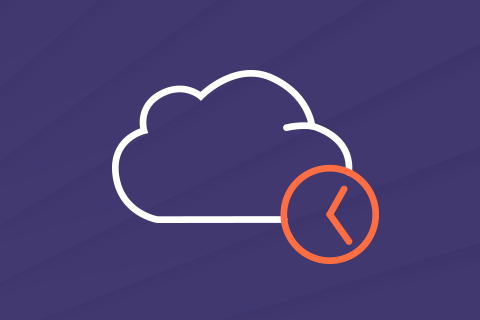GO-JEK’s Performance Benchmarking of CockroachDB, TiDB & YugabyteDB on Kubernetes
Iqbal Farabi and Tara Baskara, Systems Engineers from GO-JEK Indonesia, recently presented the results of their benchmarking of cloud native databases on Kubernetes at KubeCon Europe in Barcelona. The three databases they benchmarked were CockroachDB, TiDB and YugabyteDB. This post brings their presentation (video recording) and slides (PDF) to the attention of our readers. It also highlights a few areas of collaboration between the GO-JEK team and YugabyteDB Engineering.
…
